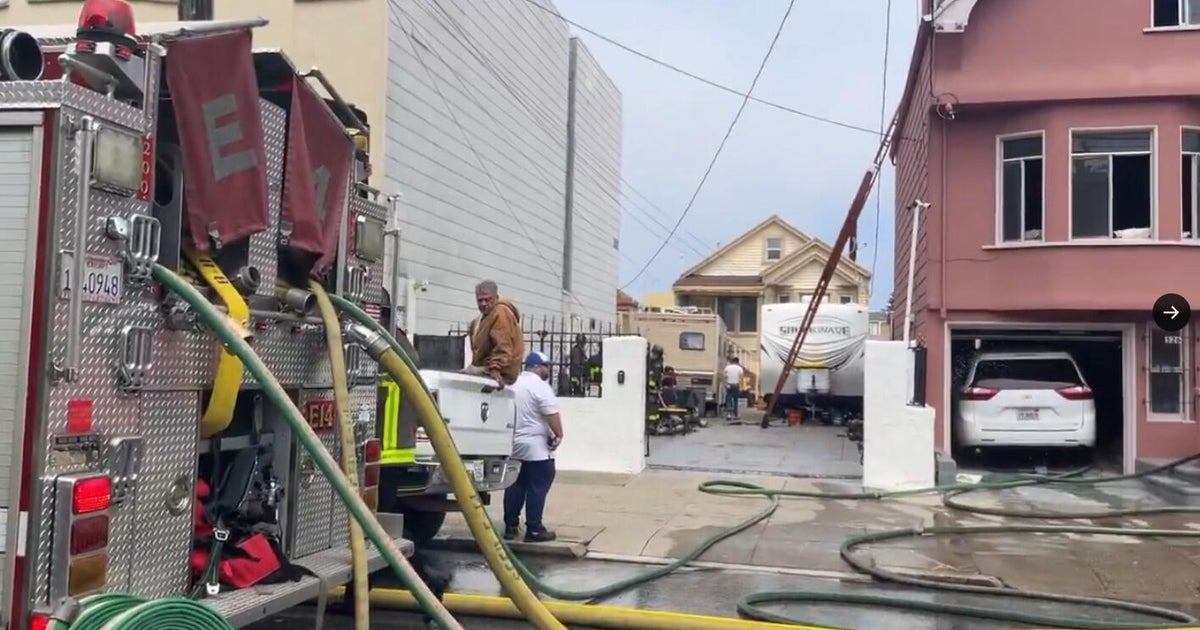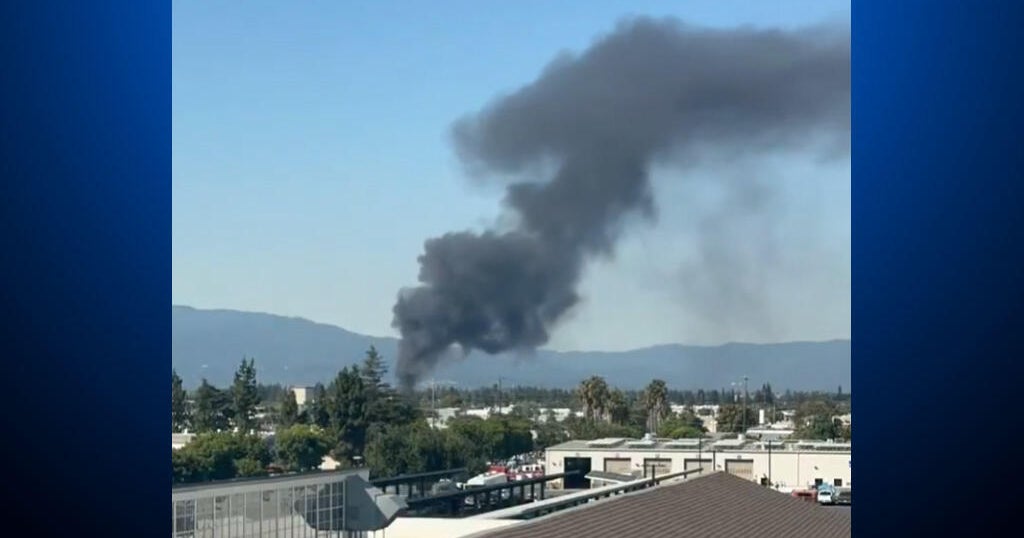Pilot In Fiery Hwy. 99 Crash Landing Says It's A Miracle No One Was Injured
SANTA CRUZ (KPIX 5) -- The pilot who crash-landed a plane on Highway 99 in Modesto last week and walked away from it is telling his story for the first time to KPIX 5.
Dirk Kanngiesser, 59, had taken off from Truckee Friday evening, bound for San Carlos, in a rented Piper Dakota.
About 7:40 p.m., an hour into the flight, the engine died in mid-air west of Modesto. Kanngiesser, who says he has 25 years experience and is commercially rated, wanted to put the public at ease and apologize for the "scare on Friday night."
"These things are very unusual and very rare. And therefore, I think it's important that everyone knows that we pilots do whatever we can do to increase safety for everyone involved and everyone on the ground," said Kanngiesser.
Kanngiesser tried to restart the engine, but that failed.
"After I went through the checklist, I realized there was nothing I could do, so the aircraft at that point in time becomes a glider."
But the Modesto Airport was 10 to 15 miles away. The 38-year-old plane had been cruising at altitude of 5,700 feet, but had begun to descend rapidly, about 500 to 1,000 feet per minute, according to Kanngiesser.
"You are highly alert, I wouldn't even call it scared. But you know that this is a very bad situation," said Kanngiesser. "I tried to make it to Modesto, however it became clear that was not possible. I couldn't reach it. So the second best option was indeed the highway. Which at that time was a very busy highway."
Kanngiesser knew he had to fly at a minimum airspeed in order to maintain control of the plane, saying that going too slow causes the plane to stall. Flight path records show Kanngiesser dropped the plane's speed from 152 mph to just under 90 mph for the final descent. He also kept in mind that reducing the speed would reduce the kinetic energy and increase his chances of survival.
In the darkness, only the white headlights and red taillights of traffic on Highway 99 could be seen below. As he began to make the final approach, an overpass came into view and he was unsure if he would be able to clear it.
"At the moment when I saw this overpass, I think, 'That's it.' Because now, I ran out of options. And hitting the overpass, clearly, I would have died. I didn't know whether I would clear it," said Kanngiesser.
The plane eventually cleared the overpass, but Kanngiesser was left with little room to maneuver. He steered clear of trees and vehicle traffic, but was unable to avoid hitting a light post. The force of the impact clipped the wing, causing the plane to flip upside down, skid to a stop and catch fire.
"It was very bright in the cockpit because there were flames left and right. Your instinct tells you, 'Get out of here!' But upside down, to leave an airplane when you are upside down and in shock is a tricky thing, right? Getting the seat belt off is a tricky thing. But I managed that, smashed a window and crawled out of the aircraft," said Kanngiesser.
Kanngiesser says CHP officers arrived quickly on scene, just as two more explosions shredded the plane into large pieces. Kanngiesser credits the "skill and luck of the drivers" that he was able to land in between the vehicles, saying it was a "miracle" there no vehicle collisions and that he emerged unscathed.
The engineer says he is still searching for meaning in his survival.
"I haven't figured out what it will specifically be. I do have to process this. A lot friends called me and said it's my second birthday. Indeed it feels like it."



